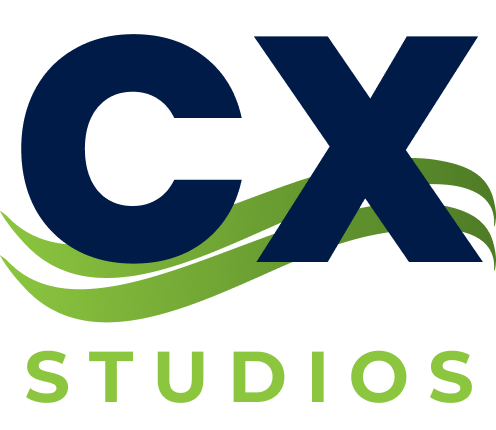Prior to the Covid pandemic and the upheaval of what everyone considered “normal life”, business leaders were already dealing with a talent gap in the IT industry. The pandemic’s arrival and subsequent need for redefining how businesses not only kept their proverbial doors open, but how they kept delivering created an even wider talent gap in 2021.
Going into 2022, that talent gap is increasing as customers are trying to go back to normal but don’t want to give up the newly discovered conveniences that new technology innovations have brought to the market. Companies want to continue to innovate and provide customers with the best experience but acquiring the talent to do so has become increasingly tough. How are companies going to adapt to create the innovative experiences that their customers are demanding when finding multi-skilled CX talent and teams to support the efforts is the most concerning efforts facing the C-Suite?
The Old Agency Models Won’t Bridge the Talent Gap Any Time Soon
The current working models that technology agencies deploy are singular technology driven models that focuses on implementing mar-tech tools individually and not on the full customer experience (CX). This limits the innovation and integration across the channels and doesn’t enable you to work across the entire customer journey.
On the other hand, most modern Mar-Tech tools and full tool stacks are evolving in such a way that it’s taking away the traditional dependencies on IT and enabling businesses to be more self-reliant for future roll outs. This will require organizations to actively prepare for a significant change in management by building multi-solution skills and driving capability in that space through pre-built assets and accelerators.
The current working models deployed by bigger tier agencies do not support the focus on CX strategy as the central driver. The staff and/or project augmentation models, where the contracts involve assigning a tool expert to implement and operate, happen in the silo of that specific tool, and rarely go outside of that silo. This very common scenario, offered by agencies, doesn’t fit well with a CX driven strategy, and contributes even further to the talent gap we are seeing in CX.
What are companies to do to bridge the widening talent gap? Should they continue to engage in a model that is going to cost them more time, budget, and resources in the long run? What if there was another way, a new model that takes a strategic and realistic approach to addressing the talent gap and applies it to strategic customer experience strategy implementation?
Finding talent that can be upskilled, that can unlearn and relearn, is the key to bridging the talent gap in Customer Experience and implementing Marketing Technologies. Taking a holistic approach to talent development, rather than scouring job boards for specific tool requirements, is what will close the gap for companies in need of teams that specialize in CX delivery.

Multi-Skilled Teams to Bridge the Talent & Capability Gap
Building multi-solution teams with a sound base in data and programming architecture and then continuing to build upon those fundamentals into how these elements power the customer experience (CX) across awareness, acquisition, conversion, and loyalty is the answer to addressing the talent crisis before most company executives. The current agency models have a difficult time addressing this need and the change management needs to implement this type of shift is likely 3-5 years away.
That’s where a fresh outlook on talent development in Marketing Technologies and Customer Experience (CX) arena is needed. That’s what we’re doing at CX Studios. We’re building teams of marketing technology multi-solutionists who understand the entire customer journey and how technology and engagement touchpoints are intricately and inexplicitly woven together.
Programmers who build content management systems will understand the impact on data collection and movement their systems have, just as well as a Voice of Customer specialist will understand the impact changes made in a UX design could affect customer loyalty and how do they test for churn reduction.
While bridging the talent gap is key to success in this space, that’s not enough. The innovation in technology space is always going to precede the skill. In such a scenario it’s important that businesses need to continuously look at future proofing their solutions and accelerators. This can be achieved by creating those business specific micro and macro components which can easily be aggregated for an accelerated roll out and is nimble enough to be upgraded continuously without too much of an effort. For the best outcome this needs to be a continuous process with a proper governance for the management of these components.
Adapting to this new normal, businesses are finding they need to focus on acquiring partners that can provide talent that can unlearn, relearn, and upskill as fast as the technologies themselves are changing. Focusing teams built on one set of skills or one marketing technology tool limits a company’s ability to adapt and integrate as the Customer Experience (CX) changes, thus housing data and touchpoint engagements insights and knowledge in silos and making channel integrations tough or almost impossible to integrate into a customer journey.
Grounding the efforts in CX Strategy and fortifying that with data and programming foundations enables teams to grow and learn how to build the essential cross skills needed to be successful in implementing successful Customer Experience projects and strategies. If you’re interested in learning more, stay tuned for our upcoming series of blog posts that will discuss the different areas of CX and their importance to each part of the journey, or reach out to us, let’s start a conversation on how we can help your business bridge the CX Talent Gap.

